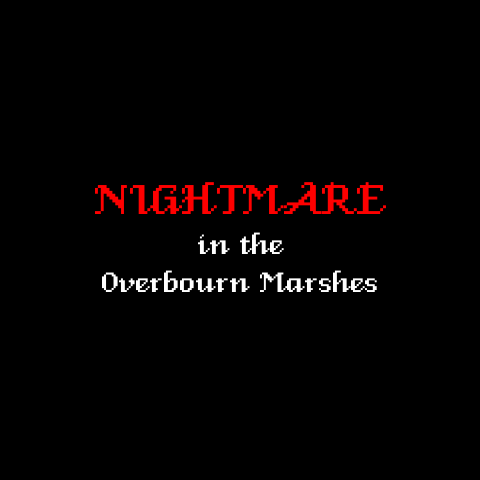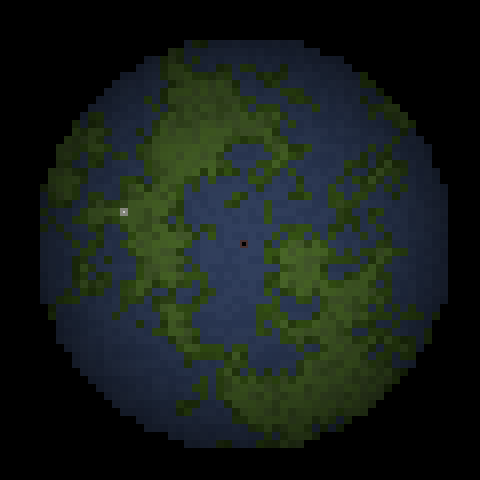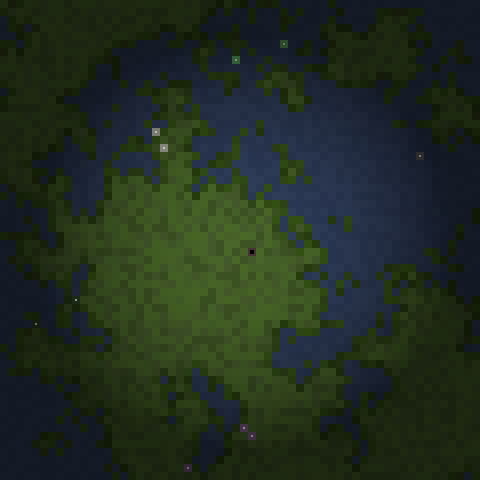home // text // multi-media // misc // info
computer-science game-design procedural-content video-games Money, mouth. Mouth, money.
In my last post, I wrote (far too much) about the potential for procedural content generation (PCG) to create a brand spanking new type of game mechanic: one of constant exploration and discovery. The proof is in the pudding, however, so I figured all my talk would be a bit of hot air without something tangible to back it up. I decided to make a series of small game prototypes – to call them full-fledged “games” would imply a certain level of polish and playability to which I’m not quite ready to commit – to experiment with these ideas.
Enter the NIGHTMARE series.
The goal of the NIGHTMARE series of games is (or rather, will be) to present different approaches to world exploration, using various PCG techniques to provide the environmental backdrops. I chose the “Nightmare” motif fairly arbitrarily – don’t expect survival horror here. However, nightmares tend to invoke the feeling of being lost, for one thing, as well as being fairly abstract – two ideas I felt were well suited to the kind of prototypes I had in mind. I provide no guarantee that these experiments will actually be successful, but as Thomas Edison used to tell me, “I haven’t failed, I’ve found 10,000 ways that don’t work.”
Preamble out of the way, I’m happy to release the first game in this series, NIGHTMARE in the Overbourn Marshes. A while back, I read this post about a particular fractal algorithm for generating land structures and/or coastlines, and figured it was a nice, simple starting point for an equally simple game. I spent about two months on the project, mostly coming to grips with SDL and refactoring large chunks of code on the fly. Still, I’m somewhat pleased with the results.
In this first installation, the player finds themselves lost in the eponymous marshes (gloriously rendered in 2D). In asking myself how to emphasise exploration, I immediately threw out any notion of simply saying “Get X points for revealing N% of the map!” Instead, the player is posed a sequence of riddles pertaining to landmarks scattered around the marshes, and advancing through the game requires a certain amount of exploration (or very good guessing). Not exactly complex or groundbreaking, but one has to start somewhere.



If you have 20 minutes to spare, or really just want to humour me, give it a shot – the included README.txt file should tell you all you need to know. If you’re really feeling generous, you might even leave me some feedback. As I’ve said, it’s not the next Portal, and you get exactly what you pay for (which isn’t much), but it’s a first step into (hopefully) many larger worlds.